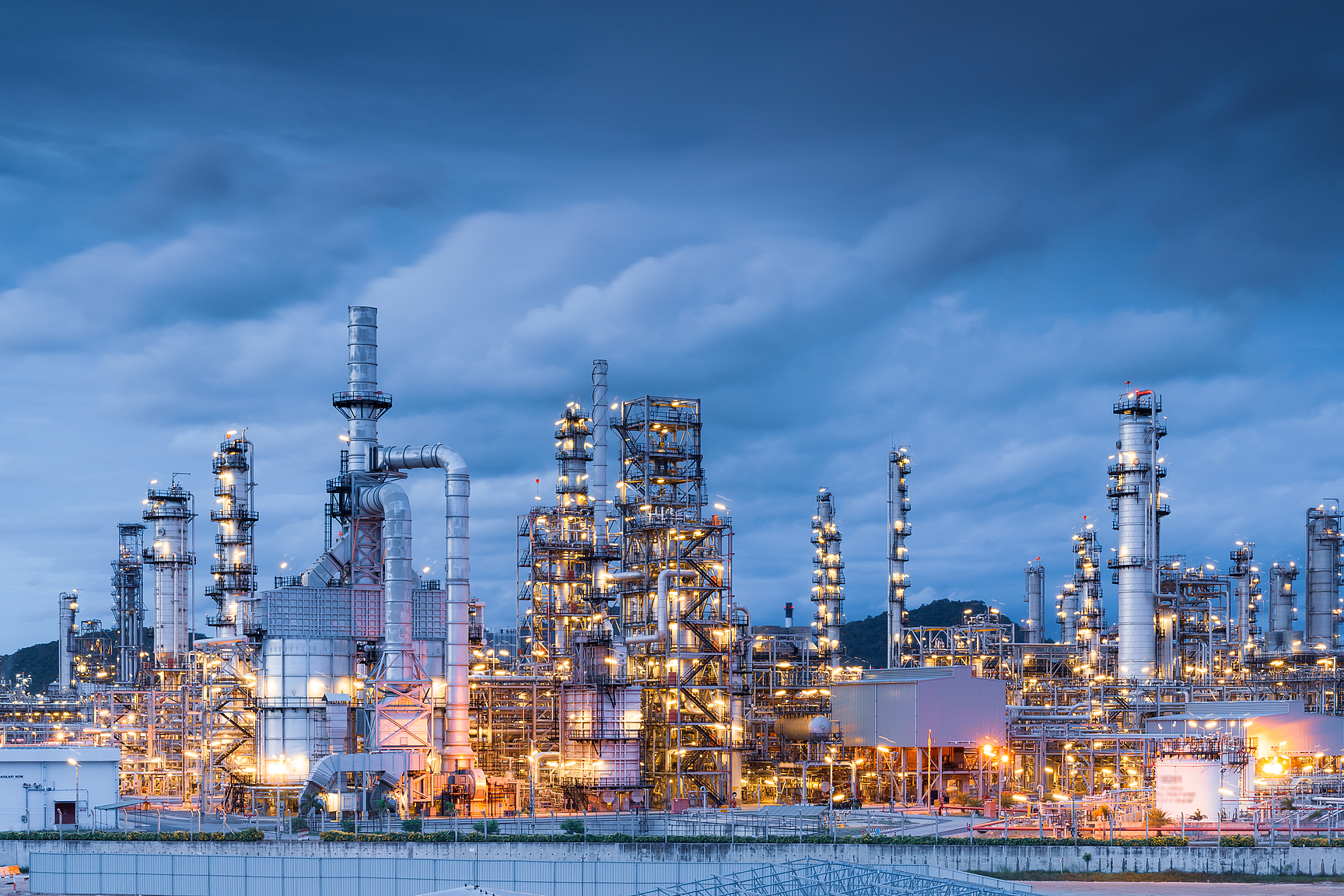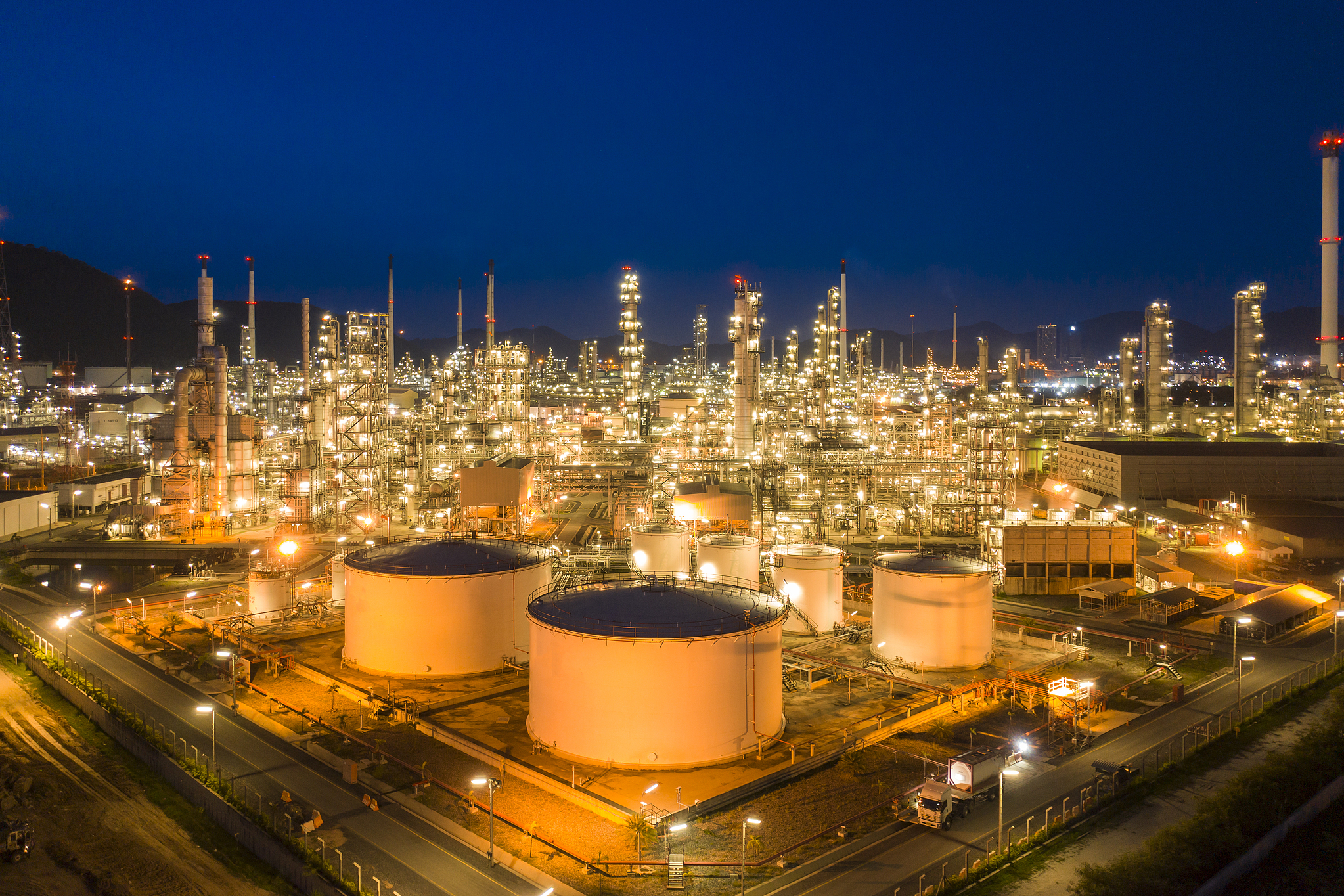











In today's polymer manufacturing world, specialty intermediates make all the difference when it comes to getting things done faster, making better products, and being kinder to the environment. These special chemical ingredients get mixed into polymers during production as building blocks that actually react, tweak how materials perform, and help with mixing everything together properly. What sets them apart from regular old commodity chemicals is their tailored design for particular jobs. For instance, they let manufacturers fine tune chemical reactions, create materials with superior characteristics, and often cut down on what companies spend to make stuff. This targeted approach means businesses can achieve exactly what they need without wasting resources on unnecessary steps.
Manufacturing companies face tough competition these days and they're constantly searching for methods to cut down on production time, slash waste, and create materials that perform well under strict specifications. Specialty intermediates offer just what many manufacturers need. These substances speed up the polymerization process, allow for materials with specific properties, and generally leave a smaller carbon footprint compared to traditional approaches. What's more, using them doesn't sacrifice scalability or profitability which is crucial when trying to stay ahead in today's market without breaking the bank.
Specialty intermediates offer a major benefit when it comes to making chemical reactions work better. These compounds react quickly and specifically, which means polymerization happens faster while staying under control. For manufacturers this translates into real savings on energy costs, shorter wait times for production runs, and ultimately higher output from each batch. When companies put them to work as crosslinkers, initiators for chains, or even just thinning agents during processing, they gain much finer control over how molecules come together. The result? Products that stand up stronger against stress, hold up better at high temperatures, and stretch without breaking apart easily once finished goods hit the market.
Additionally, specialty intermediates help reduce unwanted side reactions, which minimizes the formation of byproducts and off-spec material. This translates into less waste, cleaner processes, and consistent batch quality—critical for large-scale polymer production. With high-purity intermediates, manufacturers can maintain tighter specifications and avoid costly rework, increasing operational efficiency.
Specialty intermediates play a key role in changing how polymers behave and perform. These compounds help manufacturers boost things like fire resistance, protection from sunlight damage, water repelling qualities, and ability to withstand harsh chemicals. Without them, many polymer products wouldn't stand up to real world conditions. That's why industries across sectors rely on these additives when creating materials for tough jobs. Think about car components that need to survive extreme temperatures, protective coatings for machinery exposed to corrosive substances, implants inside the body where biocompatibility matters most, or circuit boards in electronic devices where reliability is critical. The versatility of specialty intermediates continues to drive innovation in material science across countless applications.
When it comes to industries such as aerospace engineering and heavy construction work, where materials face brutal operating conditions, these chemical intermediates give engineers real flexibility in designing polymer structures that can withstand intense heat, high pressures, and harsh chemicals without breaking down. For the packaging industry and manufacturers of everyday consumer products, these same compounds enable production of plastics that are either biodegradable or easily recyclable while still holding up against regular wear and tear. This means companies can offer greener alternatives to customers who increasingly care about environmental impact without having to compromise on product quality or lifespan. Some major brands have already started making this switch, seeing both market demand and long term cost benefits from adopting more sustainable material solutions.
As environmental regulations tighten globally, specialty intermediates offer a path toward greener, safer production. Many intermediates are available in low-VOC or solvent-free versions, and some are derived from renewable feedstocks. Their precise functionality reduces the need for excess additives, which helps streamline formulations and reduces environmental burden.
Moreover, specialty intermediates enable compliance with international safety and environmental standards such as REACH and RoHS. By integrating these compounds into production, manufacturers not only meet regulatory requirements but also reduce emissions, minimize toxic byproducts, and improve workplace safety—without compromising material performance.
In polymer systems that involve blending multiple resins or incorporating fillers, specialty intermediates improve compatibility and dispersion. These intermediates promote better bonding between different phases, reducing separation or degradation over time. This is especially important in engineering plastics, reinforced composites, and multi-layer films where uniformity and stability are crucial.
Improved compatibility contributes to better mechanical strength, smoother processing, and longer material life. Manufacturers can therefore produce more reliable and high-performance polymer blends without increasing formulation complexity or processing difficulty.
Specialty intermediates really open doors when it comes to innovation. These compounds give scientists and engineers the freedom to experiment with new polymer chemistry and develop materials that have some pretty amazing properties. Think about self healing coatings that fix themselves when damaged, conductive polymers that can carry electrical signals, or even biodegradable plastics that break down naturally over time. The electronics field benefits too, where these intermediates are crucial for making materials that either conduct heat well or have excellent dielectric properties. And don't forget healthcare applications either. Doctors and manufacturers rely on them to create biocompatible polymers that won't cause reactions inside the body, which makes all the difference for things like implantable devices and sterile packaging solutions.
By incorporating specialty intermediates early in the product development cycle, manufacturers can accelerate innovation, shorten time-to-market, and meet the evolving demands of high-tech industries. Their ability to tailor polymer performance makes them essential tools for next-generation material development.
The integration of specialty intermediates into polymer manufacturing provides a practical, results-driven approach to improving efficiency, quality, and sustainability. These compounds streamline chemical processes, reduce waste, enhance material properties, and ensure compliance with global regulations.
For manufacturers aiming to stay ahead in competitive, performance-driven markets, specialty intermediates are not just additives—they are strategic components in smarter polymer design. By leveraging their unique benefits, companies can optimize production workflows, reduce environmental impact, and deliver high-value polymer products that meet the challenges of modern industry.
 Hot News
Hot News2025-07-25
2025-06-16
2025-04-07
2025-04-07
2025-04-07
2025-12-03

